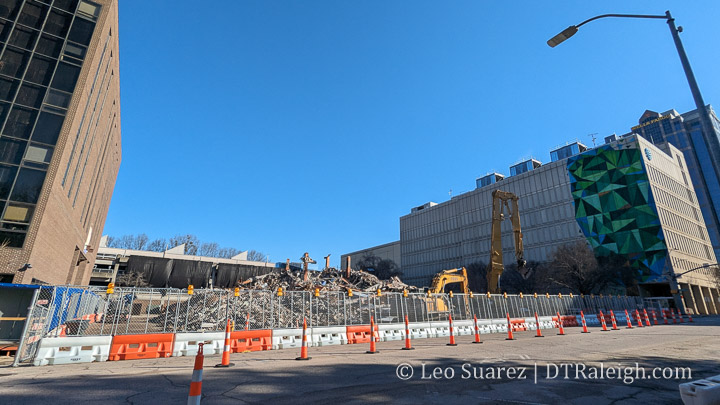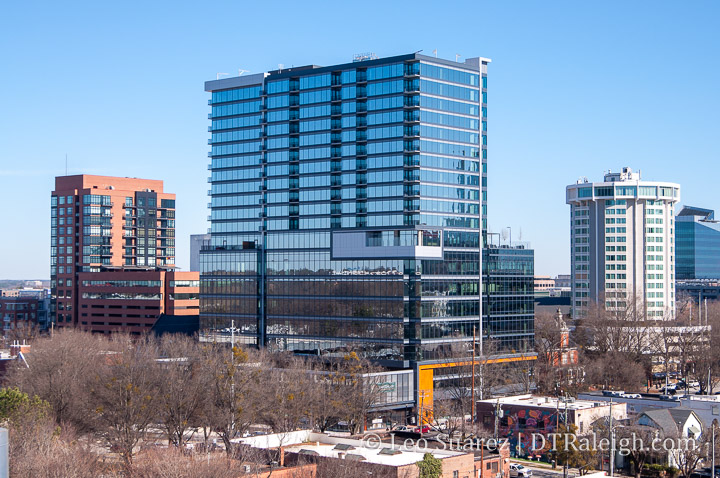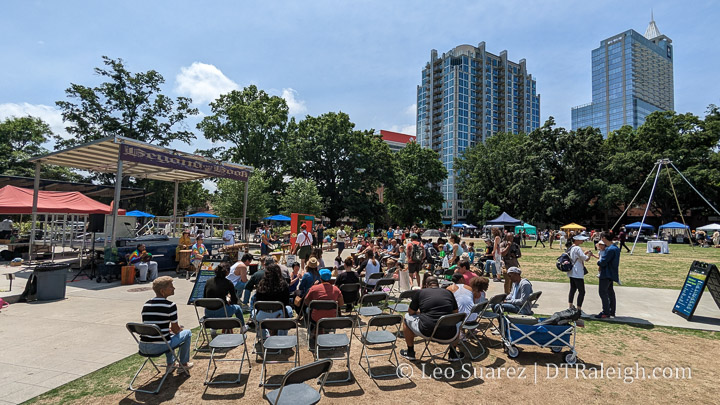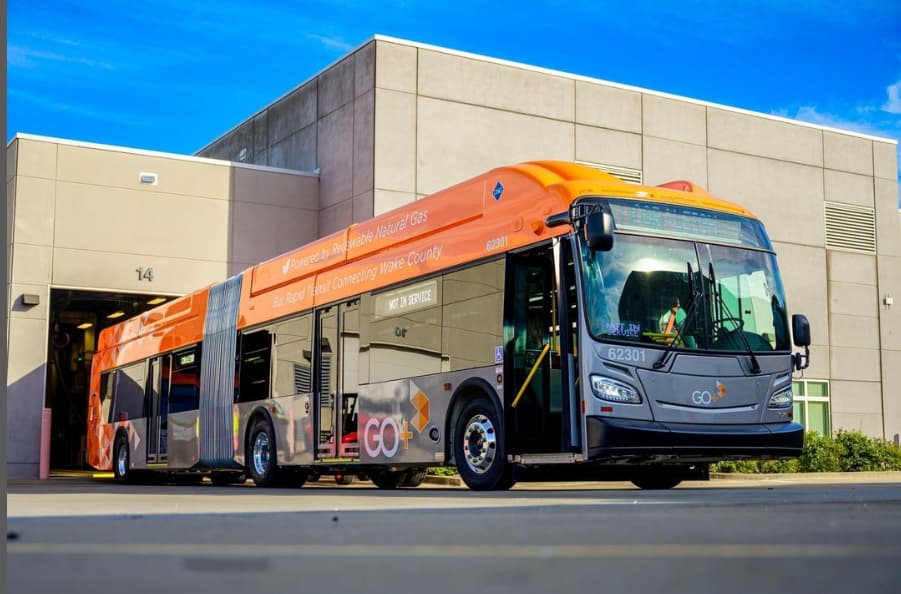
The former Police Headquarters is no more. There’s a pile of materials right now at the corner of Hargett and McDowell Streets that will be cleared away soon. Let’s hope construction follows shortly for the city’s new Civic Tower.

The former Police Headquarters is no more. There’s a pile of materials right now at the corner of Hargett and McDowell Streets that will be cleared away soon. Let’s hope construction follows shortly for the city’s new Civic Tower.
The DRA has released the first part of their Economic Development Strategy for Fayetteville Street and the list of recommendations are quite numerous. We’ll still get even more recommendations later this year but this initial piece focuses on the central business district with Fayetteville at the center of it all.
Above is a video of a city council work session where the report’s highlights are presented to council and is a very good watch. Scott Page from Interface Studio, the consultant team on the project, gives us a very comprehensive overview of the plan so watching, or just listening, is highly recommended.
Continue reading →
The 400H building is now complete. Maybe not technically but as far as I’m concerned as a downtown regular it is. The sidewalks are open and recently the Downtown Raleigh Alliance posted that residents are moving in. Now we wait for some ground-floor shops.
We’ve been following this development for quite some time now and I really like it for a variety of reasons but the main one being it’s mixed-use nature.
Continue reading →
Wasn’t 2007 a fantastic year? We saw the iPhone. Netflix starting streaming. The Raleigh Connoisseur starts publishing blog posts. All of these things are changing the world and today is a day to celebrate one of them in particular. With 1,527 posts logged, I’m happy to report that I’m still here.
We have our community, our meetup, and this space here of course for various topics around urban planning, transit, developments, and a little food and drink. There’s so much to talk about if you follow what’s going on in Raleigh and I’m happy to keep putting these thoughts out there where I hope it fosters good discussion and makes all readers stop and think.
Continue reading →
Demolition equipment is on site at the former Raleigh Police Department Headquarters building. The building at the corner of McDowell and Hargett Streets has been empty for years and is finally coming down. The future should see a new office tower for city employees, one that brings them together across multiple properties.
Continue reading →
In November 2023, the first of four bus-rapid transit (BRT) routes, years in the making, broke ground. The first route out the gate will be the eastern route. This one services the New Bern Avenue corridor between downtown, WakeMed, and parts around New Hope Road. We just might be riding around in articulated buses some time in 2025.
The increase in bus service is finally happening, kickstarted back in 2016, after Wake County voters decided to increase the sales tax in order to fund expanded transit. The second half of the transit journey comes with the accompanying land use and I think 2024 will be the year Transit-Oriented Development (TOD) becomes a household phrase. (or at least to all you readers out there)
Continue reading →
The apartments at Capital Square are getting dressed up with a pretty nice looking exterior facade. It’s not a typical pattern like you see in some of the recent developments in downtown Raleigh. The new tower has definitely topped out and the crews are working on the parking deck that will sit between the tower and next-door storage facility.
Continue reading →Above is a video recording (watch it directly on YouTube) of a virtual meeting hosted by the Downtown Raleigh Alliance and Interface Studio where they take attendees through some of the things coming out of the Downtown Raleigh Economic Development Strategy project currently in progress. We’ve mentioned this project earlier in the year and this video is worth watching as it focuses mainly on Fayetteville Street. The team shares ideas that may lead us to new ways to reinvigorate the street.
Continue reading →